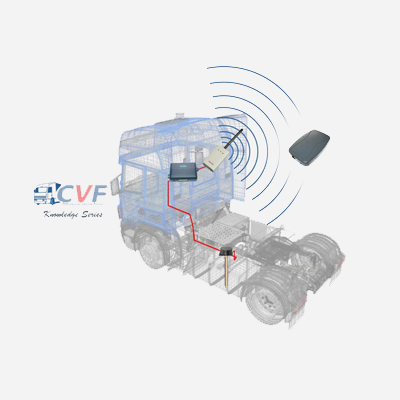Innovations in Electric Vehicle Components and Sustainability

Introduction:
The automotive industry is undergoing a profound transformation, with sustainability at its core. Electric vehicles (EVs) have emerged as a key player in this shift towards eco-friendly transportation. In this article, we will delve into the cutting-edge innovations in electric vehicle components that are not only reshaping the automotive landscape but also contributing significantly to a more sustainable future.
Battery Technology:
Lithium-ion batteries have been the workhorse of electric vehicles, but the quest for improved performance continues. Researchers are focusing on enhancing energy density, charging speed, and battery lifespan. Solid-state batteries, with their potential for higher energy density and improved safety, are poised to revolutionize electric vehicle power storage.
Beyond solid-state, advancements in lithium-sulfur and lithium-air battery technologies are being explored, promising even greater energy storage capacities and reduced environmental impact.
Electric Motors:
Electric motors are crucial for the propulsion of EVs, and ongoing innovations aim to make them more efficient and compact. Permanent Magnet Synchronous Motors (PMSM) and Asynchronous Motors (ASM) dominate the market, but new contenders like axial flux motors are gaining attention.
Axial flux motors offer a more compact design, allowing for greater power density and efficiency. This innovation is particularly promising for electric vehicles, where reducing weight and size while maintaining performance is a constant pursuit.
Power Electronics:
The efficiency of electric vehicles relies heavily on power electronics. Wide-bandgap semiconductors, such as silicon carbide and gallium nitride, are becoming integral to power electronics, leading to increased energy efficiency and reduced heat generation.
Smart power management systems further optimize energy distribution within the vehicle, ensuring that power is utilized effectively, and energy losses are minimized.
Charging Infrastructure:
High-speed charging stations are critical for widespread EV adoption. Continued innovation in charging infrastructure focuses on reducing charging times and increasing accessibility. Wireless charging technology, in particular, is gaining traction, offering the convenience of charging without physical connections.
As charging infrastructure evolves, the goal is to create a seamless and efficient charging experience, eliminating range anxiety and encouraging more individuals to embrace electric vehicles.
Energy Recuperation Systems:
Regenerative braking has been a staple in electric vehicles, capturing and converting kinetic energy during braking into electrical energy. This technology continues to evolve, extending beyond braking systems to include other vehicle components like suspension systems.
The integration of energy recuperation into various aspects of the vehicle enhances overall efficiency, contributing to an increased range and reduced reliance on external charging.
Sustainable Materials and Manufacturing:
The sustainability journey of electric vehicles extends beyond their operational phase to their manufacturing and end-of-life considerations. Automakers are increasingly incorporating sustainable materials, such as recycled plastics and bio-based composites, in vehicle production.
Green manufacturing practices, including energy-efficient processes and waste recycling, are becoming industry standards, minimizing the environmental footprint associated with electric vehicle manufacturing.
Vehicle-to-Grid (V2G) Integration:
The concept of Vehicle-to-Grid (V2G) integration is gaining prominence, transforming electric vehicles into dynamic contributors to the energy grid. V2G technology allows electric vehicles not only to draw energy from the grid but also to feed excess energy back into it during peak demand.
This bidirectional flow of energy enhances the stability and reliability of the electric grid, making electric vehicles not just consumers but active participants in the broader energy ecosystem.
Conclusion:
In conclusion, the innovations in electric vehicle components are propelling the automotive industry into an era of sustainability and environmental consciousness. With ongoing research and development, electric vehicles are becoming more than just an alternative to traditional vehicles—they are shaping the future of transportation. The convergence of advanced battery technologies, efficient electric motors, smart power electronics, and sustainable manufacturing practices is paving the way for a greener, more sustainable automotive landscape. As these innovations continue to mature, electric vehicles are poised to play a pivotal role in achieving a cleaner and more sustainable transportation future.


